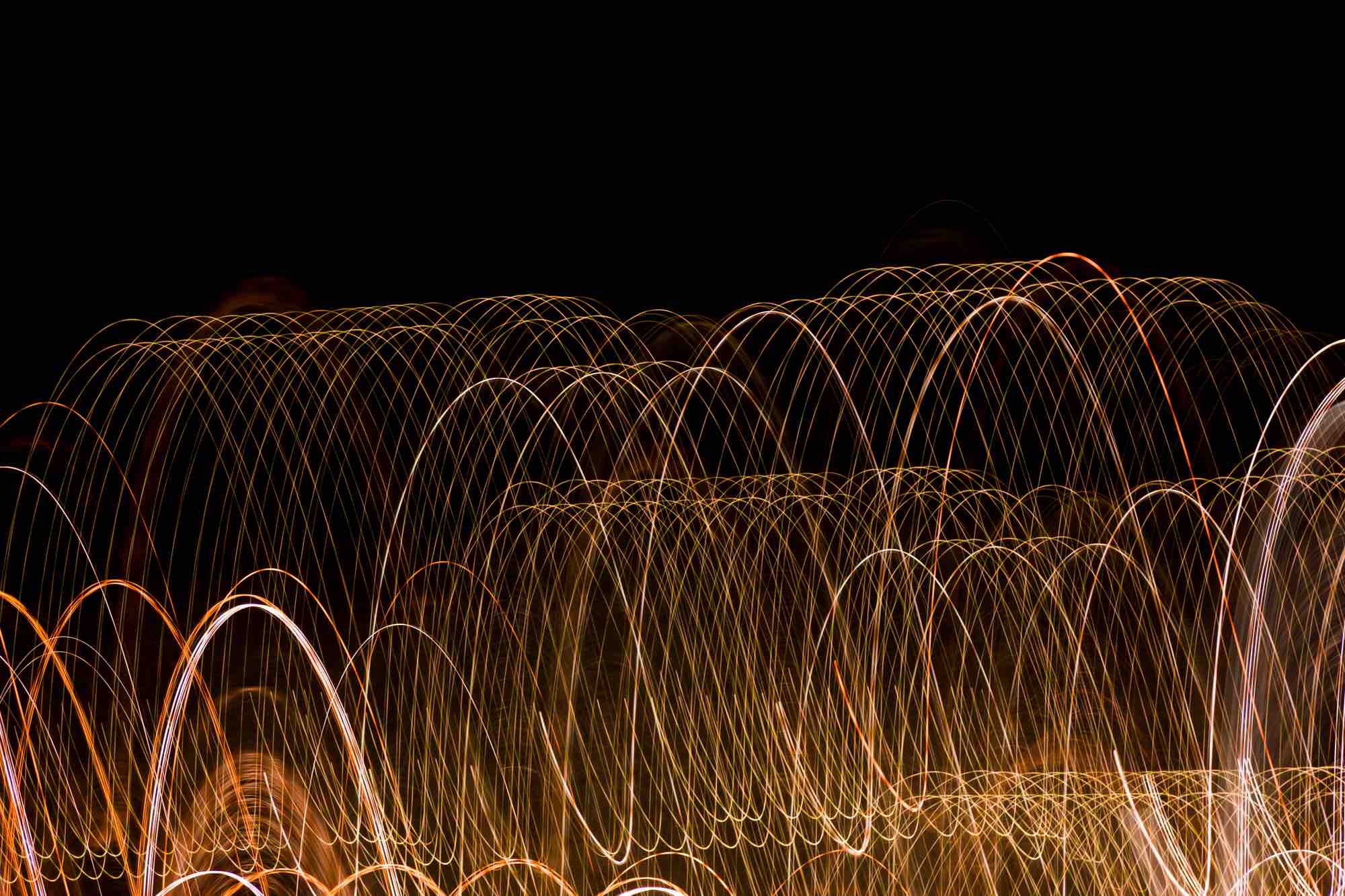Hello,
How can we help you?
Contact Form
Fill out the form and we will contact you as quickly as possible.
Contact Us
Our Contact Information:

We offer innovative and reliable solutions to various sectors.

The aviation industry is a sector where technological advancements and innovations frequently occur. As a result of these developments, safety, comfort, and performance standards in aviation are constantly rising. In this context, lighting systems also play a crucial role in the aviation industry.
In the aviation industry, lighting systems are indispensable for safe and efficient flights. These systems are crucial for ensuring the safe takeoff and landing of aircraft, facilitating navigation, and determining aircraft positions during emergencies. Aviation companies and manufacturers continually engage in research and development efforts to enhance the quality and reliability of these systems, making the aviation industry safer and more efficient.
In the aviation industry, cables used in aircraft signal lamp installations must adhere to specific safety and durability standards. These standards are established to ensure the safety of aircraft and the proper and reliable operation of signal lamps.
Ensuring that cables used in aviation signal lamp installations comply with specific safety and durability standards is critical for aircraft safety and operational performance. These standards are established to meet the safety and quality requirements of the aviation industry. Aviation companies and manufacturers continue to select cables that comply with these standards to support safe and efficient flights.
Airlines prioritize signal lamp installations and equipment for the safe and regular takeoff and landing of aircraft. This equipment facilitates the guidance of aircraft to runways and provides necessary information to ground service teams.
Airport operators require signal lamp installations and equipment to manage and regulate airport operations. This equipment ensures the safe movement of aircraft on taxiways and regulates transitions between runways.
Air traffic control units are responsible for directing and monitoring air traffic at airports and in airspace. Signal lamp installations and equipment provide important reference points for air traffic controllers to determine aircraft positions and statuses.
Aviation technology companies develop innovative solutions related to signal lamp installations and equipment and are involved in the design and manufacturing of this equipment. These companies work in technology and engineering fields to meet the safety and efficiency requirements of the aviation industry.
Aviation training institutions provide training for aviation professionals such as pilots, air traffic controllers, and airport personnel. These institutions offer training on how to use and manage signal lamp installations and equipment effectively.
Aviation industry suppliers provide various products and services, including signal lamp installations and equipment, to aviation companies and airport operators. These suppliers work to meet the needs of the aviation industry with quality and reliable equipment.
The cable materials used in the aviation industry are crucial for the safety and operational efficiency of aircraft. Therefore, the reliability and durability of these cable materials must be ensured. Quality material selection is the first step. High-quality and reliable materials should be preferred, often manufactured from special alloys, thermoplastics, or thermosets. Robust and durable materials ensure that cables withstand the demanding aviation environment for extended periods.
It is also critical that the cable materials used adhere to standards established by the aviation industry. Organizations such as the FAA (Federal Aviation Administration) and EASA (European Aviation Safety Agency) set specific standards for aviation materials. These standards define material properties, fire resistance, electrical characteristics, and other performance criteria.
Strict quality control should be applied throughout the production process. Manufacturers should carefully monitor each stage of material production to ensure compliance with quality standards. Material samples are tested to evaluate durability, temperature resistance, electrical properties, and other performance criteria.
Continuous research into innovative technology and engineering solutions is necessary to ensure the provision of reliable and durable cable materials in the aviation industry. New material compositions, production techniques, and coating methods can enhance cable performance and longevity. Lastly, cable materials should be continuously improved and tested. Manufacturers should continually enhance their materials based on feedback and make them more reliable. The reliability and durability of new products and technologies should be verified through testing. These steps contribute to ensuring the provision of reliable and durable cable materials in the aviation industry.
Contact Form
Fill out the form and we will contact you as quickly as possible.
Contact Us
Our Contact Information: